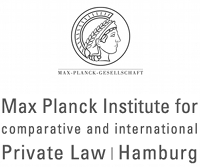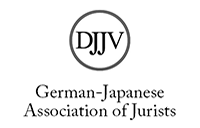Japan’s National Bar Examination: Results from 2015 and Impact of the Preliminary Qualifying Examination
Abstract
Japanese law schools are under increasing pressure despite significant reforms to legal education in 2004. Applications to law schools declined dramatically from a peak of 72,800 applicants in 2004 to 11,450 applicants in 2014. In 2015, less than three-quarters of the new law schools reportedly recruited new students. In light of this drastic situation, this article analyses the results and data recently published by the Ministry of Justice in relation to the 2015 Japanese preliminary qualifying examination and national bar examination. It questions the rationale for the preliminary qualifying examination based on the results. The Ministry of Justice provides extensive information about the examinations on its homepage, but the data does not address philosophical or policy issues such as the adverse impact that the preliminary qualifying examination is having on Japanese legal education from the perspective of the goals of the reforms to legal education in 2004. This article concludes that there is an ever greater focus on rote-learning, time-keeping and credentialing in Japan and the current new review process must undertake a complete review of the examination system if substantive change is to be achieved in Japanese legal education.






